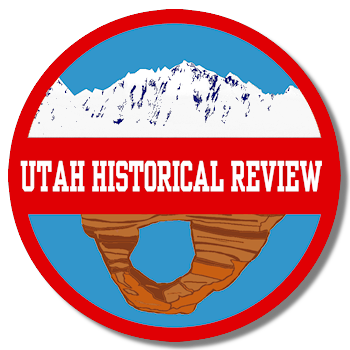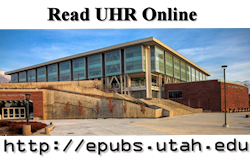Filipinos under the American Colonial Gaze
Tamara Taysom
University of Utah — Member ΦΑθ-AP
Published in Utah Historical Review, Vol IV.
In 1898, when the United States took control of the Philippine Islands, Americans were new to colonization. Unlike their Old World counterparts, they were not as well versed in the hierarchies of civilization that had justified European imperial power for many centuries. They were, however, familiar with scientific racism and they were anxious to learn as much as they could about their new colonial subjects. American politicians, who favored the appropriation of the Philippines, as well as scientists and journalists, were critical in training the American public to think of themselves as colonial masters. Dean C. Worcester was stationed in the Philippines as an official in the American government. During his tenure, he published numerous articles about the Philippine people, which were usually accompanied by photographs he had taken. His message in all his publications was clear: Filipinos were savages and needed the United States to help them progress to a more civilized stage. Worcester eventually became the single most widely read writer on the subject of the Philippine Islands in the United States. His publications are critical to the story of American imperialism because they are a window into how the American public came to understand their most significant colonial possession. This paper will closely examine one of Worcester’s articles published in National Geographic Magazine in 1911, paying special attention to his photographs and how he used those images to prove the so-called “savagery” of the island inhabitants.
Buy a print version of the journal by clicking here.Read the Whole Paper Online






Recent Comments